Creating a 3D home design model from scratch might sound daunting, but it’s a rewarding journey into the world of digital architecture. This comprehensive guide walks you through every step, from choosing the right software and mastering basic modeling techniques to adding intricate details and rendering stunning visuals. Get ready to transform your design dreams into a breathtaking 3D reality!
Whether you’re a seasoned architect or a design enthusiast, building your dream home virtually offers unparalleled control and creative freedom. We’ll cover everything from the fundamentals of 3D modeling software to advanced techniques for creating realistic textures, lighting, and landscaping. By the end, you’ll possess the skills to craft a detailed and captivating 3D model of your ideal home.
Software Selection and Setup: Creating A 3d Home Design Model From Scratch
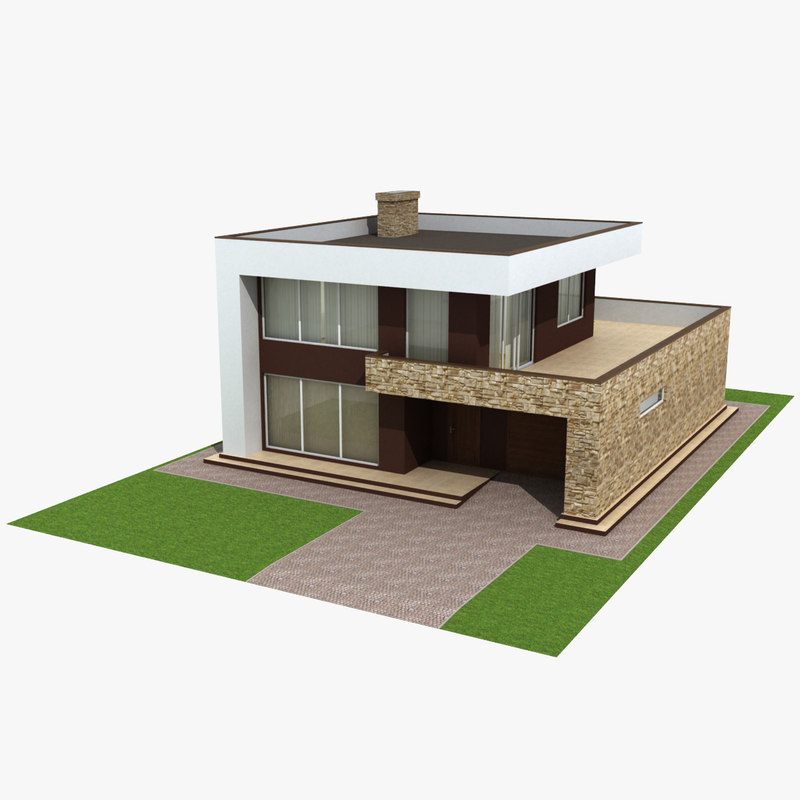
Choosing the right 3D modeling software is crucial for a successful home design project. Each program offers a unique set of features and strengths, catering to different skill levels and project complexities. This section will delve into the capabilities of three popular options: Blender, SketchUp, and Revit, guiding you through the installation and initial setup of your chosen software.Blender, SketchUp, and Revit each present distinct advantages for 3D home design.
Blender, a free and open-source software, boasts powerful modeling tools and a vast community supporting its use. However, its steeper learning curve might pose a challenge for beginners. SketchUp, available in both free and paid versions, offers a more user-friendly interface, ideal for those new to 3D modeling. Its intuitive tools make it easier to create basic home designs.
Revit, a professional-grade software used extensively in architecture, engineering, and construction, provides advanced features like BIM (Building Information Modeling) capabilities. While highly powerful, Revit demands a significant investment in both time and cost to master. The best choice depends on your experience level, project scope, and budget.
Blender Installation and Initial Configuration
Installing Blender is straightforward. Download the appropriate version for your operating system from the official Blender website. The installer will guide you through the process, allowing you to choose the installation directory. After installation, launching Blender presents a customizable interface. Users can adjust the theme, add-ons, and various preferences from the Edit menu.
A new project can be initiated by selecting “New” from the File menu. You can then specify the units (e.g., meters, feet) and other project settings such as the rendering engine. Setting up preferences involves configuring keyboard shortcuts, add-ons, and other features to personalize the workspace.
SketchUp Installation and Initial Configuration
The SketchUp installation process is similar to Blender’s. Download the installer from the SketchUp website and follow the on-screen instructions. SketchUp’s interface is generally more intuitive, with a simpler setup process. Upon launching, you’ll be presented with a welcome screen and options to start a new project or open an existing one. Setting up a new project involves choosing units (metric or imperial) and defining the template.
Preferences can be adjusted from the Window menu, allowing customization of the display, tools, and extensions. SketchUp’s streamlined interface makes the initial configuration quicker and less complex than Blender’s.
Revit Installation and Initial Configuration
Revit’s installation is more involved due to its advanced capabilities. Download the installer from the Autodesk website (requiring a subscription). The installation might require administrative privileges and could take a considerable amount of time depending on your system’s specifications. After installation, launching Revit will present a project template selection screen. The initial configuration involves setting up the project units, template, and various parameters related to BIM functionalities.
Revit’s extensive options require a more detailed understanding of architectural workflows and terminology. The interface is significantly more complex than Blender or SketchUp, reflecting its powerful features.
Setting Up a New Project File: A Step-by-Step Guide (Using SketchUp as an Example)
First, launch SketchUp. Then, select “New” to start a new project. A dialog box will appear, allowing you to choose a template and units. Select either “Inches” or “Millimeters” depending on your preference. Next, define the project name and location to save the file.
Once created, the workspace will open, ready for you to begin modeling your home. Remember to frequently save your progress to avoid losing work. The initial setup should clearly define the units to maintain accuracy and consistency throughout the design process. This step is crucial for ensuring precise measurements and preventing errors in later stages.
Basic Modeling Techniques
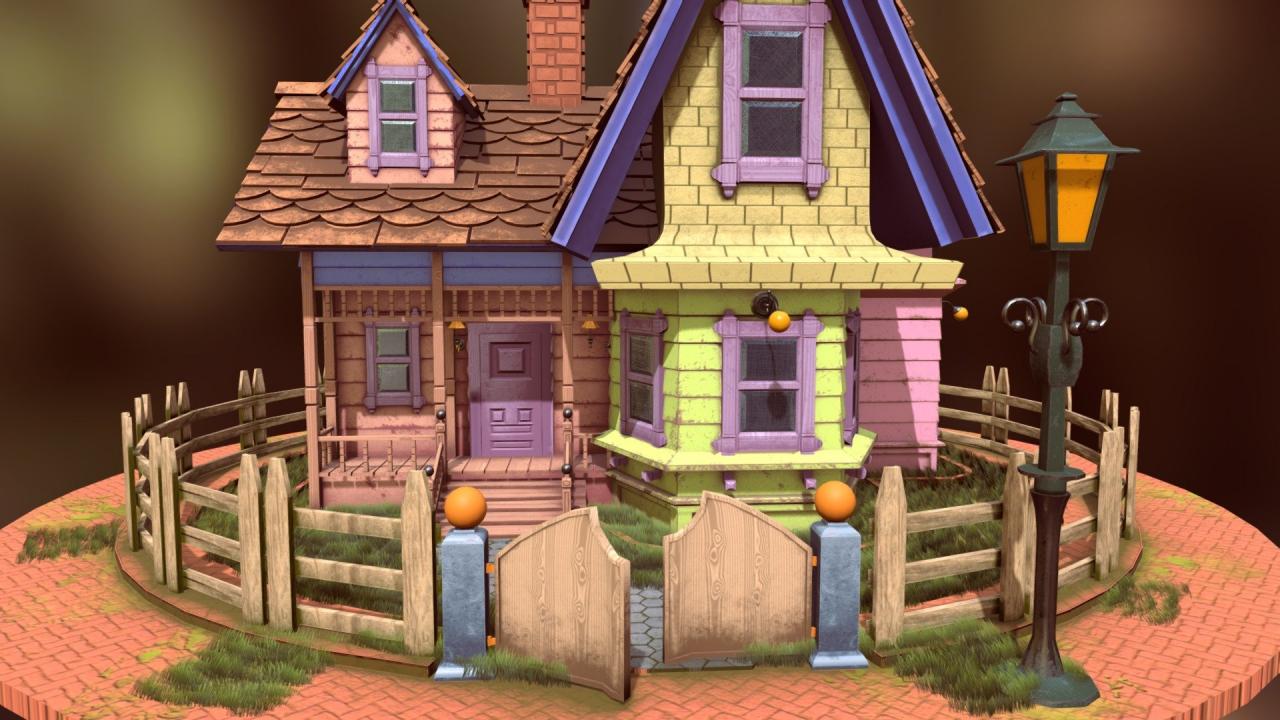
Building a 3D home model from scratch involves mastering fundamental 3D modeling techniques. This section will guide you through the process of creating basic shapes, manipulating them, and combining them to form the complex structure of a house. We’ll focus on the core principles using readily available software features.
The foundation of any 3D model lies in the ability to create and manipulate basic shapes. These primitives – simple geometric forms – serve as building blocks for more intricate structures. By understanding how to combine and modify these shapes, you can build incredibly detailed and realistic models.
Creating Basic 3D Shapes
Creating basic shapes like cubes, cylinders, and spheres is the first step. Most 3D modeling software provides intuitive tools for generating these primitives. For example, you might use a “Create Cube” or “Box” tool to generate a rectangular prism, which forms the basis of many walls and rooms. Similarly, a “Cylinder” tool can create the initial shape for pillars or round towers.
The parameters for these tools typically allow you to define dimensions like length, width, and height, giving you precise control over the size and proportions of your shapes. Consider using a cube as a foundation for a simple rectangular house, or a combination of cubes and cylinders for a more complex design incorporating columns or rounded features.
Extrusion, Scaling, and Rotation
Once basic shapes are created, you can manipulate them using fundamental transformations: extrusion, scaling, and rotation. Extrusion involves extending a 2D shape into a 3D object. Imagine taking a square and pulling it upwards to create a cube; this is extrusion. In the context of house modeling, you can extrude a rectangular shape to create a wall, adjusting the height parameter to match the desired wall height.
Scaling alters the size of an object; you might scale a wall section to make it wider or narrower. Rotation changes the orientation of an object; this is crucial for positioning walls at angles or creating sloped roofs. For instance, you might rotate a rectangular prism to create a slanted roof section. By skillfully combining these techniques, you can create intricate wall structures, roof pitches, and various architectural details.
Boolean Operations
Boolean operations are powerful tools for creating complex shapes from simpler ones. These operations—union, subtraction, and intersection—allow you to combine or subtract volumes to generate intricate forms. A
- union* operation combines two objects into a single, unified shape. For example, you could unite two cubes to create a larger, L-shaped structure for a house extension. A
- subtraction* operation removes the volume of one object from another. This is incredibly useful for creating windows and doors. You would create a wall as a large rectangular prism and then subtract smaller rectangular prisms to represent the openings. An
- intersection* operation keeps only the overlapping volume of two objects. This is less frequently used in house modeling but could be useful for creating complex intersections of walls or roof structures. Mastering Boolean operations allows you to build highly detailed models efficiently, avoiding tedious manual shaping.
Advanced Modeling Techniques

Taking your 3D home design to the next level involves mastering advanced modeling techniques. This stage moves beyond the basics, focusing on creating realistic and detailed elements that bring your virtual home to life. We’ll explore crafting intricate window and door systems, applying realistic textures, and modeling complex architectural features.
Detailed Window and Door System Modeling
Creating realistic windows and doors requires attention to detail. Begin by modeling the frame, considering the material (wood, metal, etc.) and its profile. Use extrude and bevel tools to create the frame’s depth and shape. Next, model the glass panes, ensuring accurate dimensions and potentially adding subtle bevels to simulate thickness. For doors, you’ll need to model the door itself, the handle, hinges, and potentially any decorative elements.
Remember to consider the relationship between the frame and the glass or door, ensuring proper alignment and fit. Experiment with different materials and finishes to achieve a variety of styles. For instance, a sleek modern design might feature a minimalist aluminum frame with clear glass, while a traditional home might showcase a detailed wooden frame with textured glass.
Realistic Texture Application
Textures are crucial for achieving realism in your 3D model. High-quality textures can dramatically improve the visual appeal of your design. Begin by selecting appropriate textures for walls, roofs, and flooring. Many free and paid texture libraries are available online. Consider the material properties: a brick wall will have a different texture than smooth stucco, and a wooden floor will differ from polished tile.
When applying textures, pay attention to the scaling and tiling to avoid repetition and unnatural appearances. Experiment with different mapping techniques (like UV mapping) to ensure seamless texture application, especially on curved surfaces. For example, a realistic wood texture might incorporate variations in grain and color, while a stone texture could show individual stones and subtle weathering effects.
The goal is to create a visually convincing surface that accurately represents the chosen material.
Modeling Complex Architectural Details
Modeling complex architectural details like arches, columns, and staircases requires a combination of techniques. Arches can be created using curve tools and the revolve function. Columns can be modeled by extruding a shape and adding details like fluting or capitals. Staircases are more complex, requiring careful planning and the use of arrays or loops to create repeating elements.
Building a 3D home design model from scratch can be incredibly rewarding, allowing you to visualize your dream home before a single brick is laid. For inspiration on maximizing space, check out these best village home design ideas for small lots to see how efficient layouts can translate into stunning 3D models. Then, bring those inspiring ideas to life by meticulously crafting your own personalized 3D home design, tweaking details until it’s perfect.
Pay close attention to the proportions and relationships between these elements. For instance, the curvature of an arch should be smooth and consistent, and the columns should be proportionally sized to the overall structure. The steps of a staircase should be uniform and the handrail should be continuous and well-supported. Detailed modeling of these features elevates the overall realism and sophistication of your 3D home design.
Consider adding subtle wear and tear or decorative elements to further enhance realism. For example, a weathered stone column might show signs of age and erosion, while an ornate staircase might feature carved balusters and decorative newel posts.
Interior Design and Furnishing
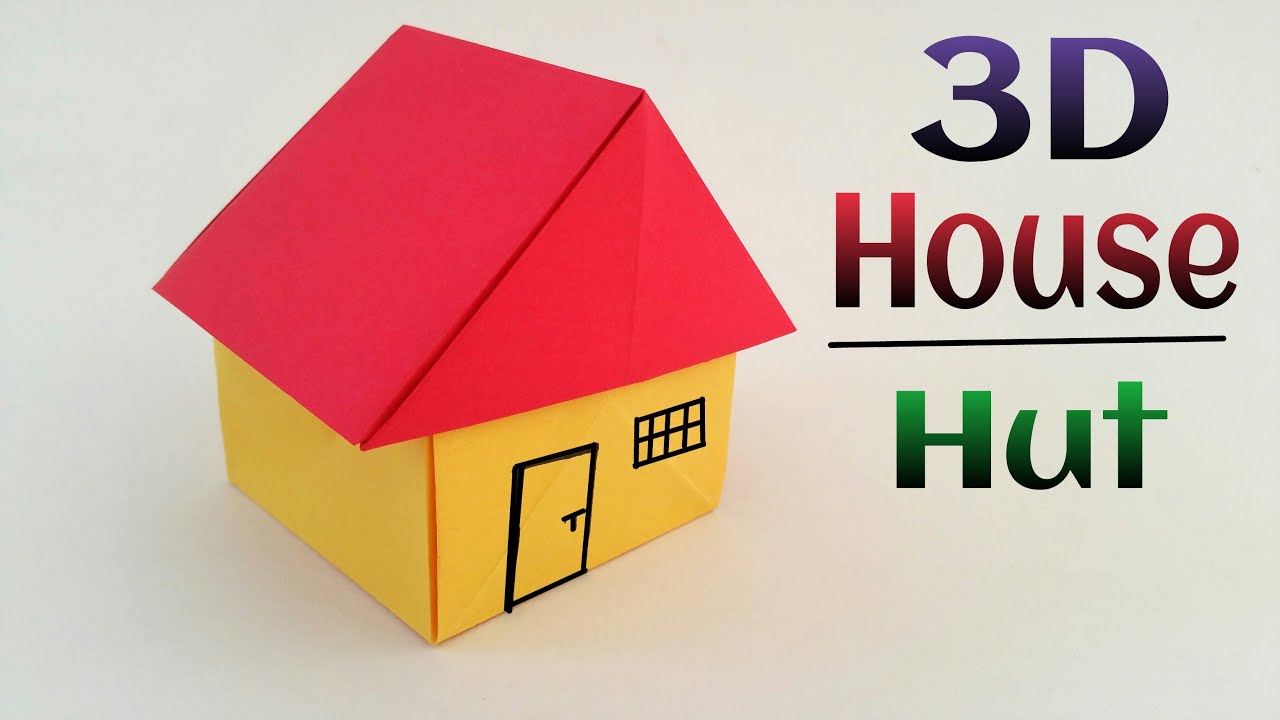
Bringing your 3D home design to life involves more than just walls and floors; it’s about creating a space that feels lived-in and personal. This section focuses on efficiently furnishing your virtual home, ensuring a seamless workflow and realistic results. We’ll explore different methods for integrating furniture and achieving a convincingly realistic ambiance.
Effectively furnishing your 3D model requires a structured approach. A well-defined workflow can significantly reduce time and frustration, allowing you to focus on the creative aspects of interior design. This involves selecting furniture, arranging it within the space, and finally, refining the overall look and feel through lighting and shadow adjustments.
Building a 3D home design model from scratch lets you explore every detail, from floor plans to material choices. If you’re aiming for a sustainable and stylish home, consider incorporating elements of a classic modern home design with a focus on energy efficiency into your model. This approach allows for precise visualization of energy-saving features, ultimately refining your 3D design for a truly optimized and beautiful home.
Workflow for Furniture Placement
A systematic approach to furniture placement is key. Begin by identifying the key functional areas within your design – living room, kitchen, bedrooms, etc. Next, select furniture models appropriate for each zone. Consider scale and proportions carefully. Experiment with different arrangements, utilizing the software’s tools to easily move, rotate, and resize objects.
Finally, fine-tune the placement, ensuring comfortable spacing and visual appeal. Remember to save your progress regularly! Consider using reference images of real-life interiors for inspiration and to ensure accurate proportions. For example, a living room arrangement might begin with a sofa as the focal point, followed by placement of armchairs, a coffee table, and side tables, ensuring sufficient walking space.
Methods for Importing 3D Furniture Models
Several methods exist for adding furniture to your 3D home design. Each offers unique advantages and disadvantages. Choosing the right method depends on factors such as the software you’re using, the level of detail required, and your budget.
| Method | Description | Pros | Cons |
|---|---|---|---|
| Importing Pre-made Models | Download 3D models from online marketplaces or libraries. | Wide selection, varying levels of detail, often cost-effective. | Potential for licensing issues, quality can vary greatly, may require format conversion. |
| Creating Custom Models | Modeling furniture from scratch within your 3D software. | Complete control over design and detail, unique furniture pieces. | Time-consuming, requires advanced modeling skills. |
| Using In-Built Libraries | Utilizing furniture models already included within your 3D software. | Convenient, easy to access, integrated workflow. | Limited selection, may lack detail or customization options. |
| Scanning Existing Furniture | Using 3D scanning technology to create digital models of real furniture. | High accuracy, perfect for replicating existing pieces. | Requires specialized equipment, post-processing may be needed. |
Realistic Lighting and Shadow Techniques
Realistic lighting is crucial for enhancing the ambiance and perceived realism of your 3D interior. Experiment with different light sources – ambient, directional, point, and area lights – to create a balanced and visually appealing scene. Pay attention to the direction and intensity of light, as well as the shadows they cast. Shadows add depth and realism, helping to define shapes and create a sense of three-dimensionality.
For instance, a strategically placed spotlight can highlight a key feature, while soft ambient lighting creates a cozy atmosphere. Consider using realistic light textures and materials to further enhance the visual appeal. For example, a warm, incandescent light might be used for a bedside lamp, contrasting with the cooler, more diffuse light from a window.
Exterior Design and Landscaping
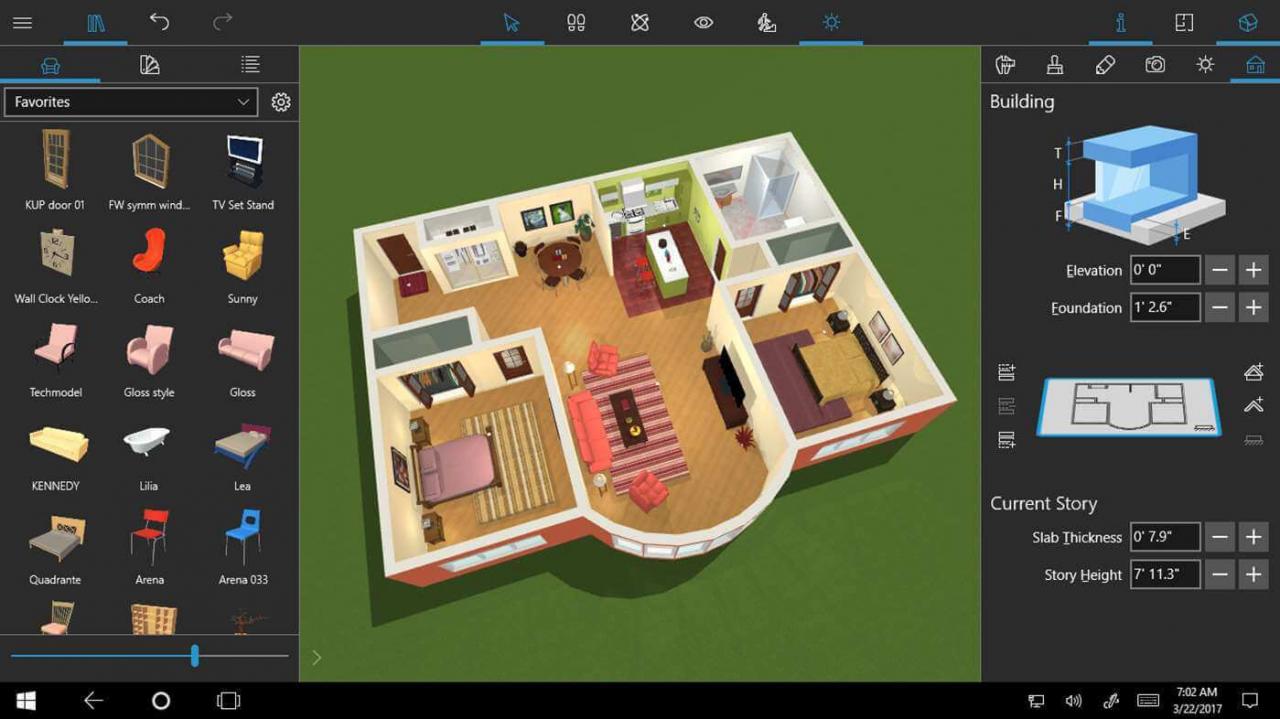
Creating a realistic and engaging exterior is crucial for completing your 3D home design. A well-designed landscape elevates the overall aesthetic appeal and adds depth to your project, transforming a simple house model into a believable and immersive environment. This section will guide you through the process of designing and implementing realistic exterior features and landscaping elements within your 3D model.
Exterior Material Application
Applying realistic materials is key to achieving a convincing exterior. Different materials offer unique textural and visual qualities. For instance, brick requires modeling individual bricks or using a high-resolution brick texture map to simulate the subtle variations in color and shape. Similarly, stone textures can range from rough and uneven to smooth and polished, each requiring a different approach to material creation and application.
Siding materials, such as vinyl or wood, benefit from using seamless texture maps and carefully adjusting the normal map to create realistic surface details. The choice of material significantly impacts the final look and feel of the house, so careful consideration should be given to the style and overall aesthetic. For example, a modern home might use clean lines and smooth stucco, while a rustic cabin would feature rough-hewn wood and stone.
Roof Styles and Detailing, Creating a 3d home design model from scratch
The roof is a prominent architectural feature, and accurately representing its style and details is essential. Common roof styles include gable, hip, gambrel, and mansard, each with distinct characteristics. A gable roof features two sloping sides that meet at a ridge, while a hip roof has sloping sides on all four sides. Gambrel roofs feature two slopes on each side, with the lower slope being steeper than the upper.
Mansard roofs have four sloping sides with a steep lower slope and a flat or gently sloping upper section. Accurate detailing involves creating the correct angles and proportions for each roof style, adding features like dormers, chimneys, and valleys, and applying appropriate roofing materials such as shingles, tiles, or metal sheets. The material choice and its application (e.g., shingle overlap, tile pattern) directly impacts the visual realism of the roof.
For example, a realistic shingle roof would show individual shingle variations and shadowing effects.
Landscaping Design and Implementation
Creating a convincing landscape involves strategically placing trees, plants, pathways, and other elements to enhance the overall design. The selection of plant species should align with the climate and the style of the house. For instance, a Mediterranean-style house would benefit from incorporating olive trees, cypress trees, and drought-tolerant plants. A northern climate home might feature deciduous trees that change color in the fall.
Pathways can be created using curves and varied materials such as stone, brick, or gravel to add visual interest. The placement of trees and shrubs should consider factors such as sunlight, shade, and proximity to the house. Detailed modeling of individual plants is not always necessary; high-quality texture maps and strategically placed 3D models can effectively create a lush and realistic landscape.
Consider using a variety of plant sizes and species to create visual depth and interest, avoiding a monotonous or repetitive appearance.
Rendering and Visualization
Bringing your 3D home design to life requires more than just building the model; you need to visualize it convincingly. Rendering is the process of creating photorealistic or stylized images from your 3D model, allowing you to showcase your design’s potential to clients or simply appreciate the fruits of your labor. Choosing the right rendering engine and mastering the techniques involved is crucial for achieving stunning results.Rendering engines are software applications specifically designed to generate high-quality images from 3D models.
Different engines offer varying capabilities, impacting the final image’s realism, speed, and features.
Rendering Engine Comparison
Several popular rendering engines exist, each with its strengths and weaknesses. V-Ray, known for its photorealism and versatility, is a powerful choice often used in professional architectural visualization. Lumion, on the other hand, prioritizes speed and ease of use, making it a popular option for quick renderings and presentations. Other notable options include Arnold, known for its physically accurate lighting simulations, and Blender Cycles, a free and open-source renderer offering impressive capabilities.
The best choice depends on your project’s specific needs, budget, and your level of expertise. For example, a student might opt for the free Blender Cycles, while a professional architectural firm might invest in V-Ray for its superior realism.
Lighting, Camera, and Rendering Settings
Properly setting up lighting, camera angles, and rendering settings is essential for creating impactful visualizations. Strategic lighting can highlight key design features and create a specific mood. For instance, warm lighting can make a space feel cozy, while bright, natural lighting can showcase the spaciousness of a room. Camera placement and angles dictate the viewer’s perspective, influencing how the design is perceived.
Experimenting with different camera positions and focal lengths is crucial for capturing the best views. Rendering settings, such as resolution, sampling, and anti-aliasing, control the image quality and render time. Higher settings generally lead to better image quality but require significantly more processing power and time.
Exporting Final Renders
Once the rendering process is complete, exporting the final image in the desired format is the last step. Common formats include JPG, PNG, and TIFF. JPG offers a good balance between image quality and file size, making it suitable for web use and presentations. PNG supports transparency, which can be useful for overlaying images or creating composite images.
TIFF, a lossless format, is preferred when the highest possible image quality is required, particularly for printing purposes. Most rendering engines provide options to export in these formats, typically with settings to control the resolution and compression level. For example, exporting a high-resolution TIFF file is ideal for printing large-format architectural visualizations, while a smaller JPG is better suited for online sharing.
Model Optimization and File Management
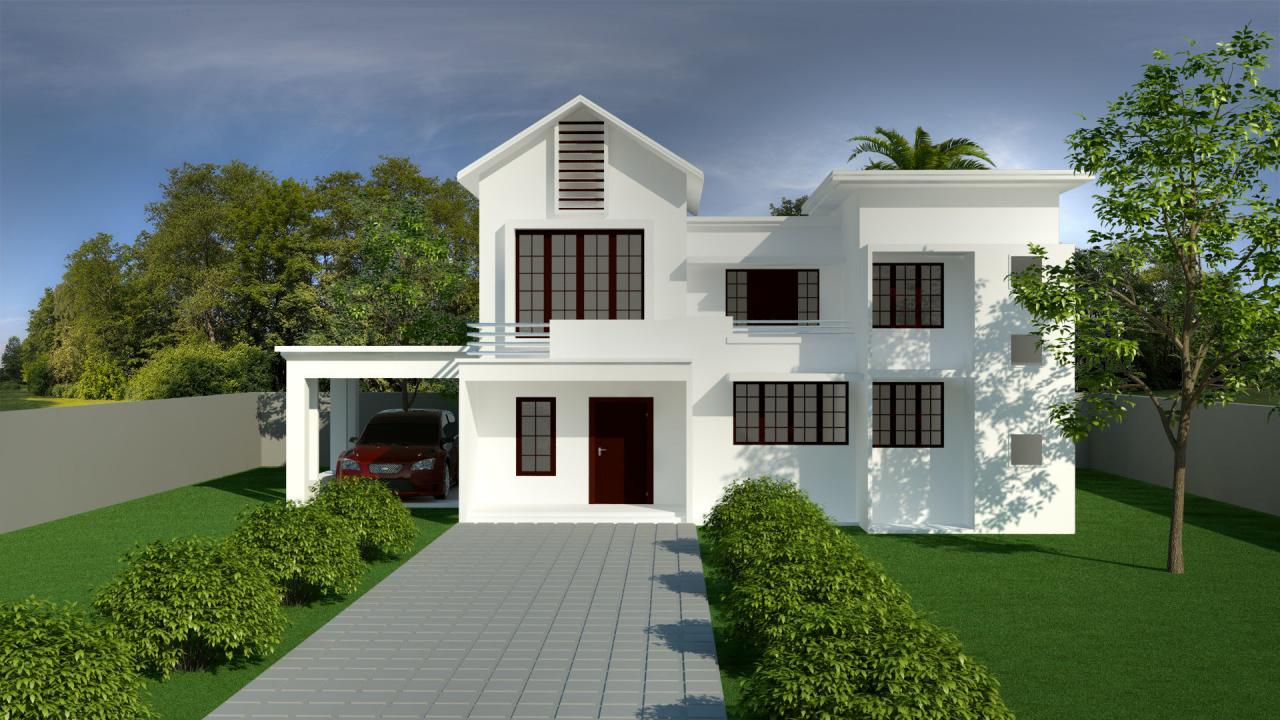
Creating a stunning 3D home design is only half the battle; optimizing your model and managing your files efficiently is crucial for a smooth workflow and a successful project. Neglecting these aspects can lead to rendering slowdowns, frustrating crashes, and difficulty sharing your work. Let’s explore how to streamline your process.Optimizing your 3D model involves reducing its complexity without sacrificing visual quality.
This not only speeds up rendering times but also makes your files easier to manage and share. Efficient file management, meanwhile, keeps your project organized, preventing chaos and ensuring easy access to your assets. Regular backups provide an essential safety net, protecting your work from potential data loss.
Strategies for Model Optimization
Reducing polygon count is a primary method for optimizing your model. High-polygon models, while visually detailed, significantly increase rendering times and file sizes. Consider using lower-polygon models for elements far from the camera, where detail is less noticeable. Additionally, using efficient modeling techniques, such as using fewer objects and combining similar geometries, can significantly reduce overall complexity.
For example, instead of modeling each individual brick in a wall, consider using a brick texture applied to a single plane. Another optimization strategy involves simplifying complex shapes. Instead of using many small objects to create a complex form, try to create the shape using fewer, larger objects. This significantly reduces the polygon count and improves rendering performance.
Finally, applying appropriate levels of detail (LOD) is key. LOD allows you to create different versions of the same model with varying levels of detail, allowing you to use simpler models at greater distances, saving processing power.
Best Practices for File Organization
A well-organized project folder is paramount. Create a clear folder structure, separating your project into logical sections such as “Models,” “Textures,” “Materials,” “Renderings,” and “Documentation.” Within each section, use further subfolders to categorize related assets. For instance, under “Models,” you might have subfolders for “Exterior,” “Interior,” “Furniture,” etc. Consistent naming conventions are equally important. Use descriptive names that clearly identify the purpose and content of each file.
For example, instead of “model1.fbx,” use “house_exterior_main.fbx.” This allows you to quickly locate specific files and reduces the risk of confusion. Using a version control system, such as Git, can also be incredibly helpful for tracking changes and collaborating with others. Version control allows you to revert to earlier versions of your files if needed and ensures a detailed history of your project’s development.
Backing Up and Archiving Project Files
Regular backups are crucial to protect your work. Implement a system of automatic backups to an external hard drive or cloud storage. Consider using a backup service that offers version history, allowing you to recover previous versions of your files in case of accidental deletion or corruption. Archiving completed projects involves consolidating all relevant files into a single, organized archive.
This could be a compressed folder (.zip, .rar) or a dedicated cloud storage folder. Include all project files, including models, textures, renders, and any associated documentation. Clearly label the archive with the project name and date of completion. This ensures easy access to your finished projects in the future and provides a comprehensive record of your work.
Consider using a cloud-based storage service for off-site backups, protecting against hardware failures or theft.